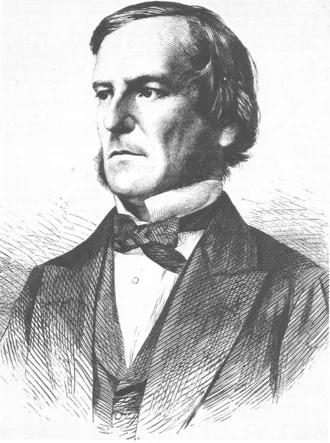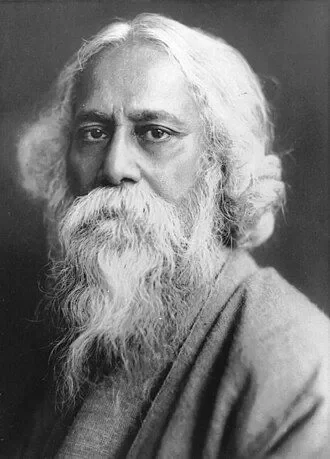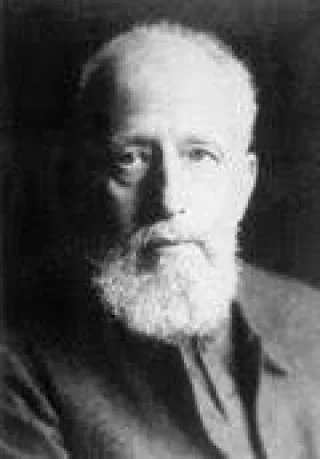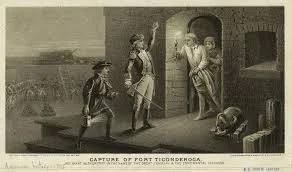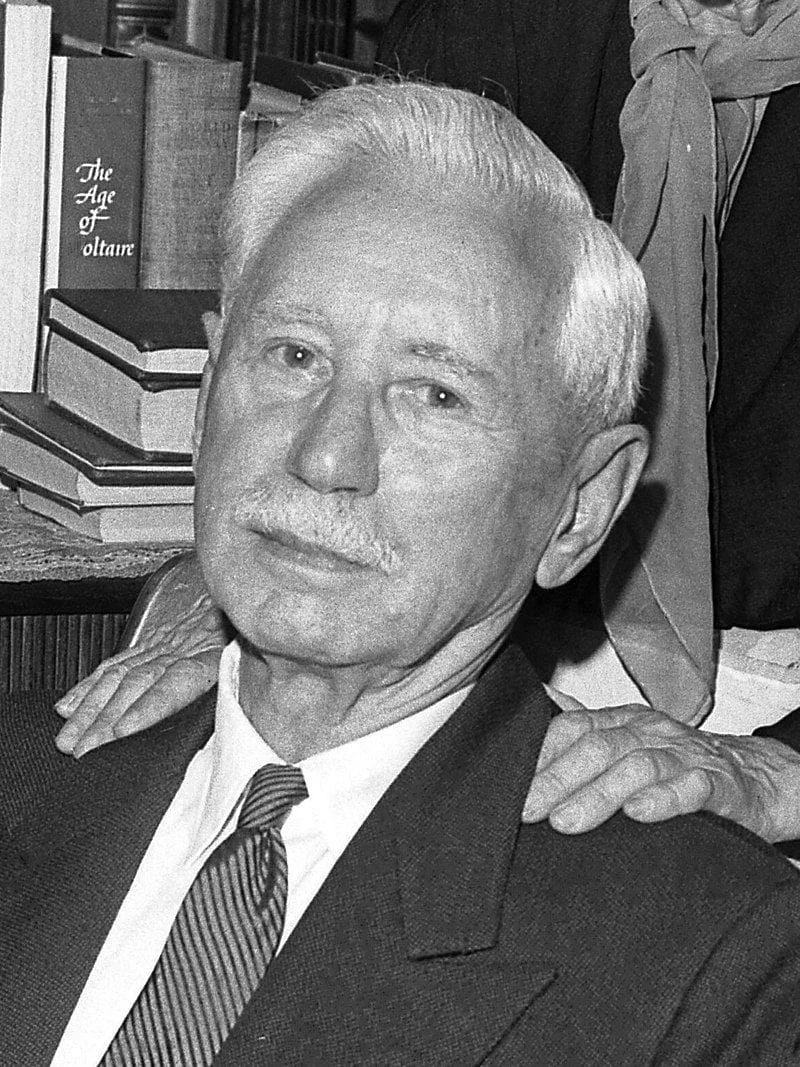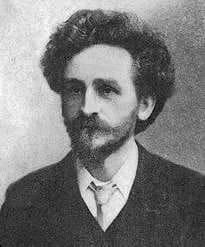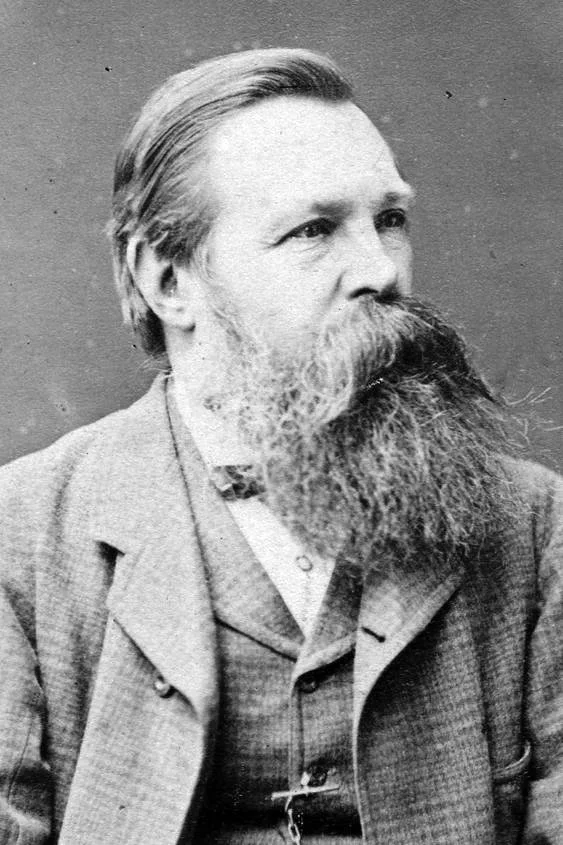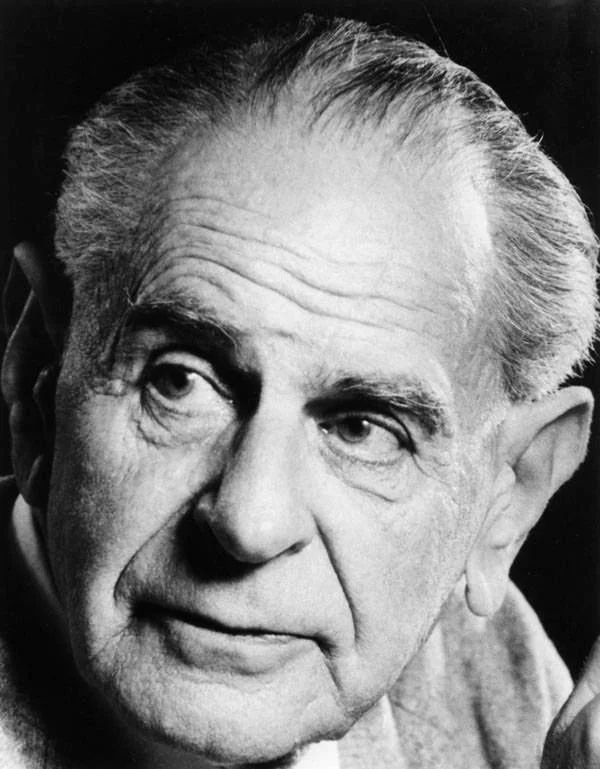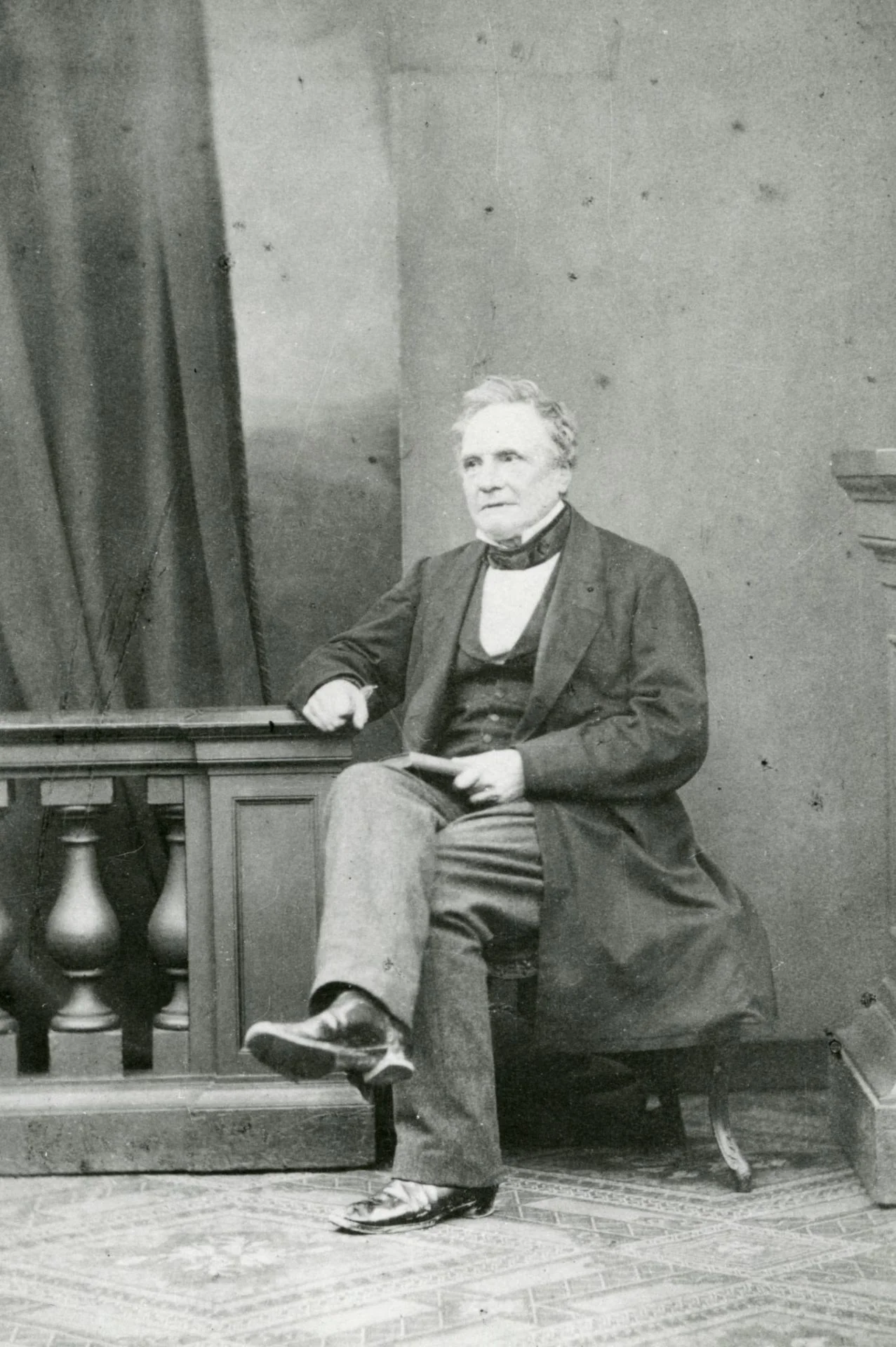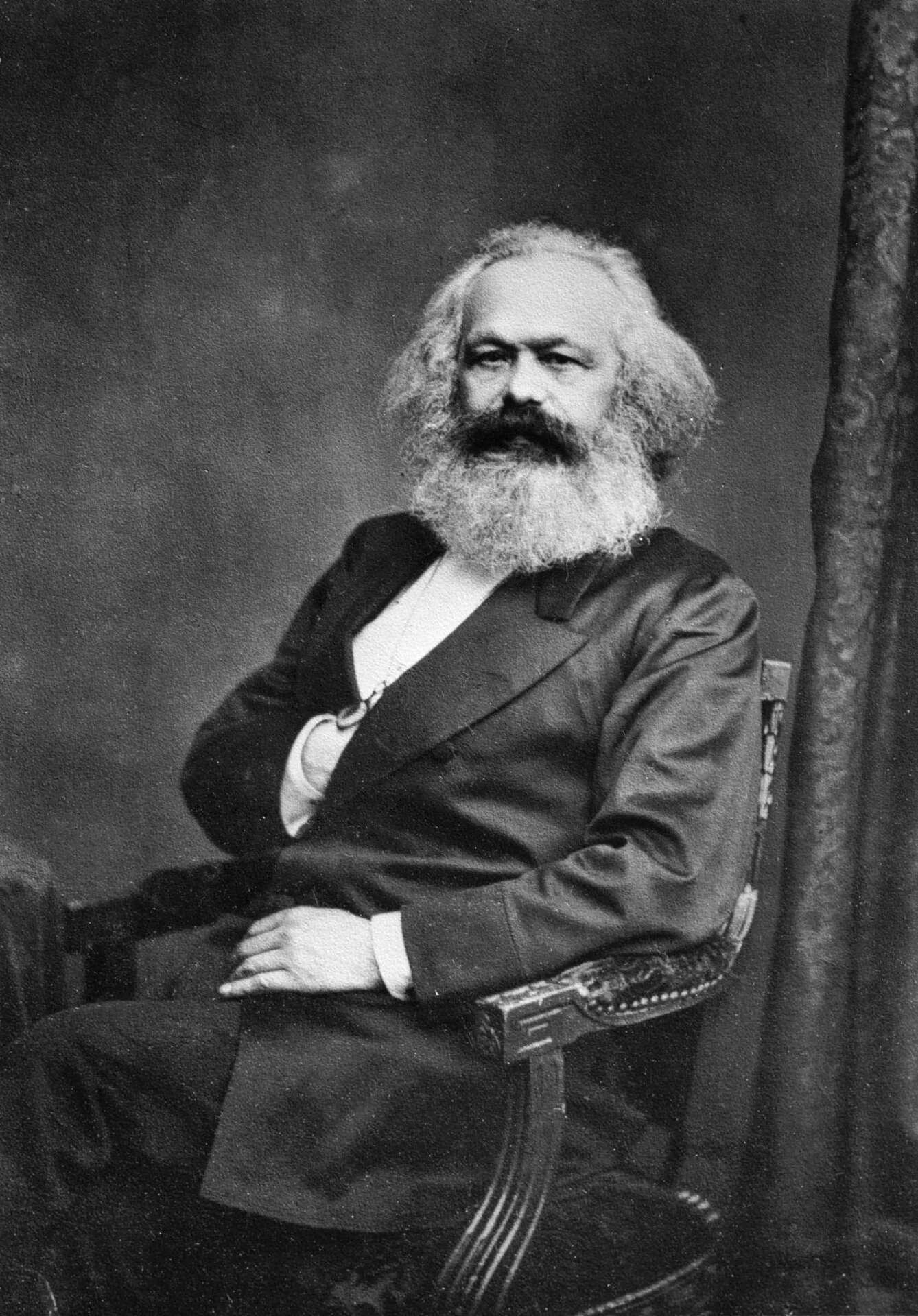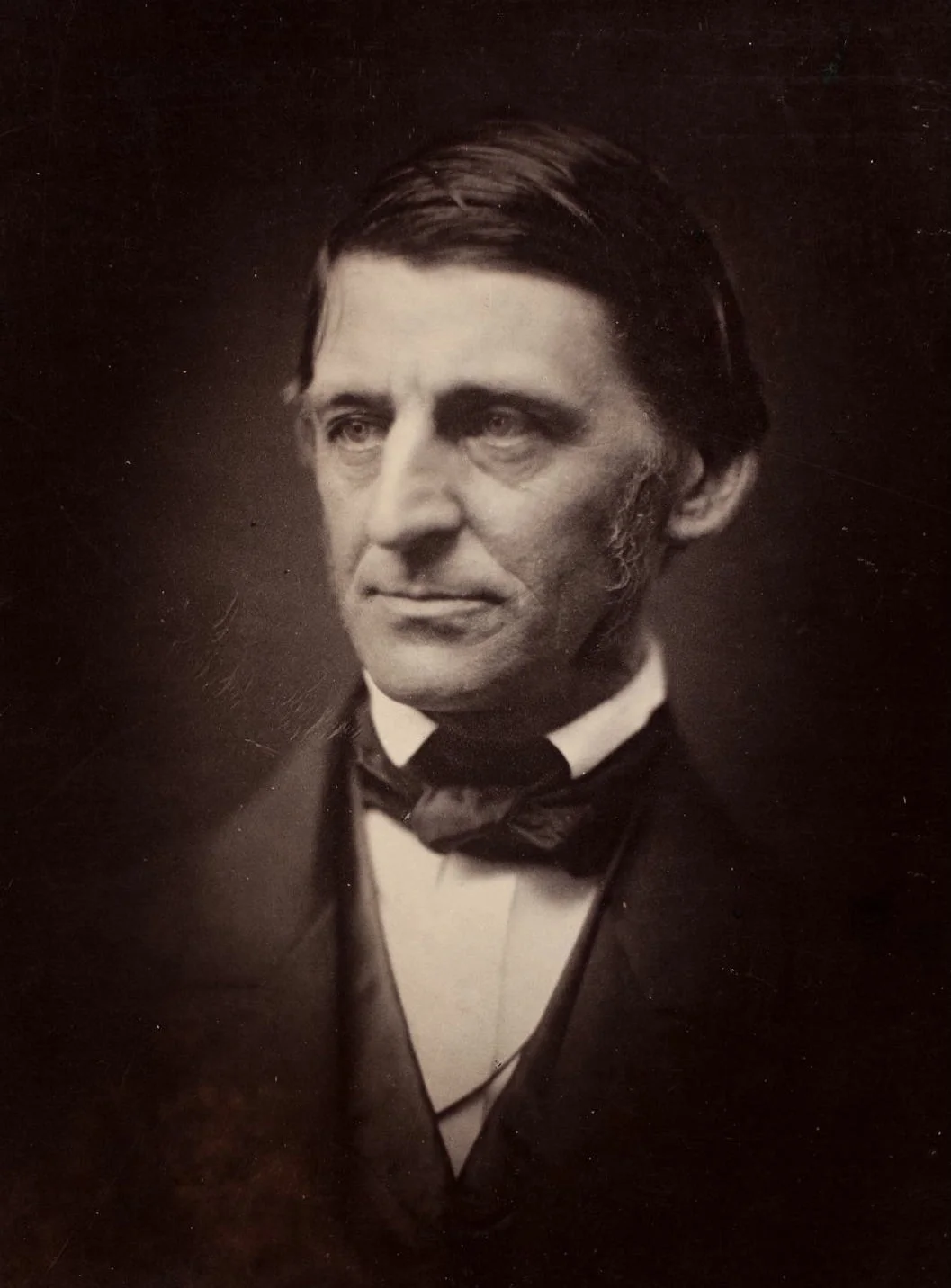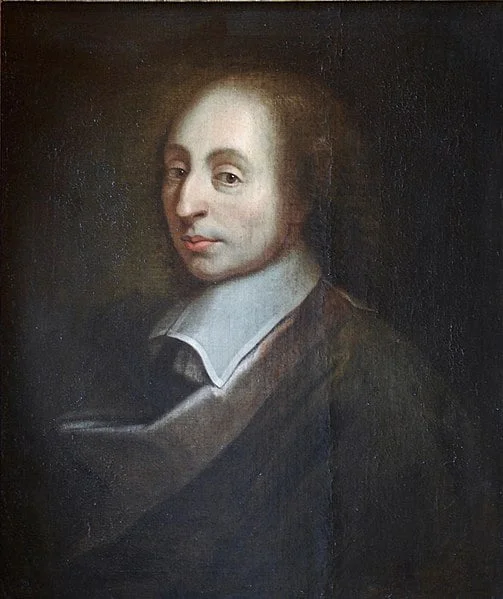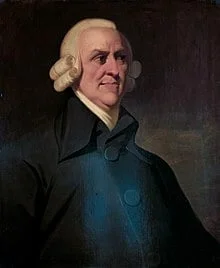Real Celebrities Never Die!
OR
Search For Past Celebrities Whose Birthday You Share

source:wikimedia.org/
Nisargadatta Maharaj
Birthday:
17 Apr, 1897
Date of Death:
08 Sep, 1981
Cause of death:
throat cancer
Nationality:
Indian
Famous As:
Guru
Age at the time of death:
84
Introduction to Sri Nisargadatta Maharaj
Sri Nisargadatta Maharaj was a revered Indian spiritual teacher and Advaita Vedanta philosopher known for his profound teachings on self-realization and nonduality. Born on April 17, 1897, in Bombay (now Mumbai), India, his given name was Maruti Shivrampant Kambli. Nisargadatta’s life unfolded against the backdrop of the bustling city, and his journey from a humble background to a realized spiritual teacher is a testament to the transformative power of self-inquiry.
Early Life and Meeting His Guru
In his early years, Nisargadatta Maharaj worked in the family business, selling bidis (hand-rolled Indian cigarettes). His life took a significant turn when he encountered his Guru, Siddharameshwar Maharaj, in 1933. Under Siddharameshwar’s guidance, Nisargadatta delved into the study and practice of Advaita Vedanta, a philosophical and spiritual tradition that emphasizes the oneness of the individual soul (Atman) with the ultimate reality (Brahman).
Spiritual Journey After His Guru’s Death
Following the death of his Guru in 1936, Nisargadatta continued his spiritual journey, deepening his understanding through contemplative practices and self-inquiry. He settled in the slums of Bombay, where he ran a small shop selling beedis. Despite his unassuming lifestyle, Nisargadatta’s teachings began to attract seekers from various walks of life.
Teaching Approach and “I Am That”
Nisargadatta Maharaj’s teachings were distilled into conversations with visitors and disciples, often held in the small, crowded room where he lived. His approach centered on the direct inquiry into the nature of consciousness, emphasizing the transcendence of the egoic mind and the realization of one’s true nature. His most well-known work, “I Am That”, is a compilation of dialogues that capture the essence of his teachings.
Key Teaching: “Who Am I?”
One of Nisargadatta’s key teachings was the simple yet profound inquiry “Who am I?” This question, when earnestly explored, was intended to guide individuals beyond the limitations of their personal identity and conditioning to recognize the eternal and formless nature of the self.
Recognition and Influence
Despite having no formal education, Nisargadatta’s teachings gained recognition for their clarity and transformative impact. His ashram, known as the Sri Nisargadatta Maharaj Trust, became a place of pilgrimage for spiritual seekers from around the world.
Global Reach of His Teachings
Nisargadatta Maharaj’s teachings reached a broader audience after the publication of “I Am That” and other books based on his discourses. His influence grew beyond the borders of India, attracting students and admirers from various continents.
Later Life and Legacy
Nisargadatta continued to teach until his death on September 8, 1981. His legacy endures through the ongoing study and practice of his teachings by countless individuals seeking self-realization. The impact of his words extends beyond the limitations of any specific religious or cultural framework, resonating with those on a quest for direct experiential knowledge of the self.
Personal Qualities and Teaching Philosophy
On a personal level, Nisargadatta Maharaj was described as uncompromising, direct, and devoid of any pretense. His teachings were not meant to establish a new religious or philosophical system but to guide individuals to recognize their innate divinity through self-inquiry.
Nisargadatta Maharaj's Quote's
Conclusion
In conclusion, Sri Nisargadatta Maharaj’s life represents a remarkable journey from the bustling streets of Bombay to the profound realms of spiritual realization. His teachings continue to inspire seekers worldwide, emphasizing the transformative power of direct self-inquiry and the timeless wisdom of Advaita Vedanta.
Name:
Nisargadatta Maharaj
Popular Name:
Nisargadatta Maharaj
Gender:
Male
Cause of Death:
throat cancer
Spouse:
Place of Birth:
Bombay, Bombay Presidency, British India
Place of Death:
Mumbai, India
Occupation / Profession:
Personality Type
Protagonist: Charismatic and inspiring leaders, able to mesmerize their listeners. His simple talks and philosophy influenced thousands.
In 1915 he started his own business of selling hand-rolled cigarette.
After passing of his guru in 1933 Nisargadatta Maharaj lost all interest from worldly pursuits and decide to leave everything. He left everything business, family, friends, relatives and decided to voyage Himalayas, Rishikesh, and Haridwar.
His mediation was based on- “ I am”. The idea is no body, no ego only consciousness.
He is the author of the incredible book, I Am That.
